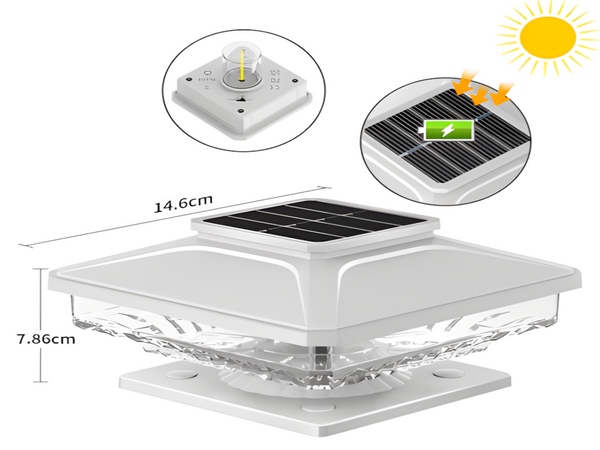

Despite the increasing use of solar lights, there are still some technical issues regarding power, light efficiency, and lifespan of LED solar street lights. According to experts, low-power solar street lights can meet the lighting needs of narrow township roads with lower lighting requirements. However, for urban roads that require higher illumination, solar street lights have shortcomings: their light coverage is narrow and brightness is not uniform. Recently, Zhuhai has piloted the use of some solar street lights, with officials from the city’s streetlight management department stating that after continuous monitoring of the brightness, illuminance, and storage capacity of the LED solar street lights, if these meet relevant streetlight standards, they may be promoted to community roads, parks, islands, industrial parks, and townships. However, based on the current technical specifications of LED solar street lights, their illuminance still does not meet the requirements of main roads in urban areas, so they will not replace existing main road street lights for now.
The benefit of LED solar street lights is that they utilize clean solar energy. Each street light operates like a small generator, absorbing sunlight through solar panels, converting it into electrical energy, and storing it in built-in batteries, thus not consuming additional power. However, currently, the batteries used in solar street lights are primarily lead-acid batteries, which consist mainly of lead, sulfuric acid, and some other metals and plastics. The acid liquid in discarded batteries contains a large amount of lead, and indiscriminate disposal not only severely pollutes soil and water but also disrupts air and ecological balance and can cause human metabolic and neurological diseases. Experts inform that the current disposal and recycling of waste batteries in the country are still rather chaotic, leading to numerous discarded lead-acid batteries polluting our living environment.

Solar energy is a clean energy source, and promoting LED solar street lights capitalizes on the industry’s emphasis on green and environmental protection. However, if lead-acid batteries are not properly disposed of, they may cause severe pollution, representing a trade-off between benefits and drawbacks. Therefore, comprehensive consideration and analysis must be conducted when developing energy-efficient lighting products, including energy consumption and pollution during the production process, recycling of materials used in products after disposal, and the environmental impact. The relevant industry should also accelerate technological innovation and achieve early recycling of lead-acid batteries to form an industrial chain; otherwise, it will adversely affect both the industry and society as a whole.



